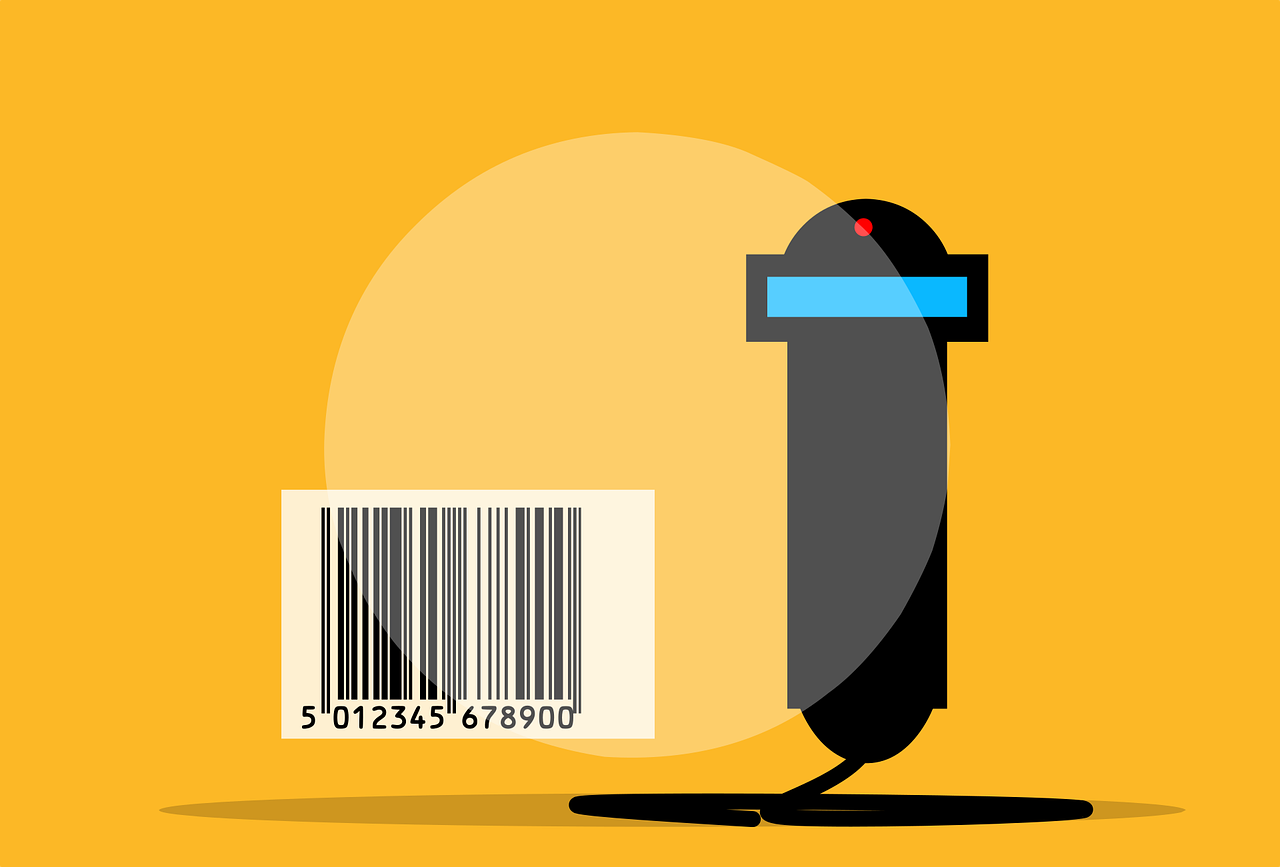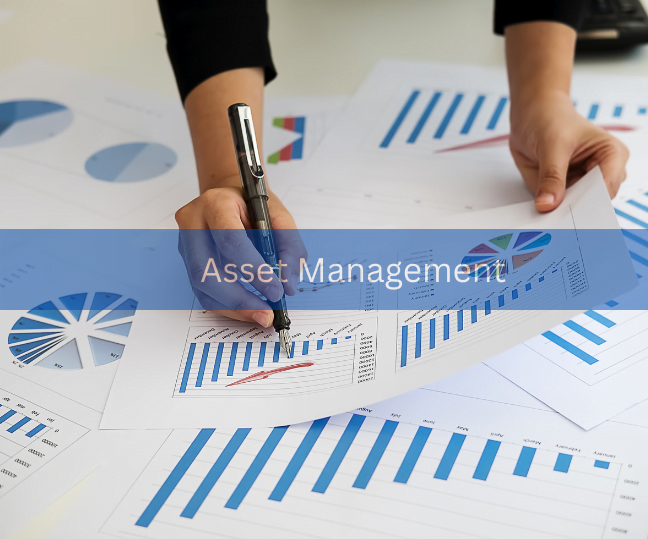It’s crucial to maintain track of each asset when a company has a lot of equipment and assets. Asset tracking stickers or labels can help with this since it might be challenging to maintain track of each asset.
The organization greatly benefits from keeping track of everything, and the asset tracking stickers help retain valuable data about each item. Asset labels and tags can benefit companies in various ways, including improving the accountability of priceless equipment and tracking and monitoring crucial assets.
It might be challenging to choose the best asset tracking stickers or labels for your company’s needs because there are so many asset tags and various materials and durability factors. This blog will help you comprehend the various asset tag types, the materials used in the most resilient asset tags, the assets your business should be tracking, and everything else you need to know to set up an asset tracking system that satisfies your operational needs and works with the rest of your asset management framework.

Types of Asset Tracking Stickers and Labels:
Asset tracking labels or stickers are the building blocks of an asset monitoring process, allowing businesses to track how much equipment is being used, schedule routine maintenance and repairs, maintain compliance, simplify reporting and reordering, and improve overall operations.
Asset labels or stickers identify tangible objects like tools, gadgets, and equipment. The asset tracking labels frequently contain vital asset identification data, such as the asset’s serial number, barcode, model number, and product name. Depending on the application, a variety of substrate materials can be utilized to make an asset label. Polyester, vinyl, foil, and aluminum are common labeling materials.
The most crucial factors and labels or stickers to consider while choosing the appropriate asset labels for your application are described below.
Related Articles: Best practices for effective asset tagging in 2022
Asset labels and stickers made of anodized aluminum:
It is durable and resistant to most solvents, salt, air, sun, and extremely high temperatures to print on anodized pore-printed aluminum. Some labels contain mounting holes, so they may screw these labels and tags onto the equipment’s or machinery’s surfaces or contain high-performance pressure-sensitive adhesives for easy peel and paste. The labels and stickers can be found in a variety of sizes and print styles and are produced to order.
Asset Labels Made of Polycarbonate:
Even when conditions call for abrasion, polycarbonate labels and tags are a common choice for interior applications. Due to its great mechanical strength, impact resistance, and dimensional stability, polycarbonate is well known and often used. They are perfectly suited for indoor and light-to-moderate industrial applications, such as product branding and identification, asset monitoring and security, caution, safety, warning messages, and more.
Asset Labels Made of Polyester:
Polyester Labels are matte and glossy in nature, which is versatile and provides dependable property identification in a wide range of environments. It is most likely the most durable polymer available for printing. As a leading polyester asset label manufacturer, we create custom labels to meet your specifications. Polyester labels are highly durable and perform in even the most demanding environments. It is also available in almost any size or shape, as well as any single or combination of colors.

QR code:
A more contemporary option is QR codes, which have the benefit of being readable by all current smartphones with the aid of an app. Depending on how many assets they need to track, businesses that utilize QR code tagging may use a standard QR reading app or create their own that is integrated into their asset management system. A QR code can identify the owner and provides a considerably higher possibility of retrieving a lost or stolen item. These square patterns are ubiquitous, and it is even possible for QR code tags to be read by strangers.
Barcode:
A bar code reader can read barcode tags. Barcodes have historically been the most widely used method of upgrading asset identifiers. However, in recent years, their use has declined due to the need for specialized equipment. But because so many businesses have been using barcode-based identification for such a long time, inertia and expense keep them from abandoning the method. Usually, the tags have barcodes already printed on them.
Asset Labels Made of Vinyl:
Vinyl asset labels are an affordable labeling option for many different uses when moderate durability is sufficient. Vinyl can serve on various surfaces, including uneven surfaces that are frequently challenging to label. They are most suitable for indoor use since they offer good resistance to oil and water, mild acids, and all-purpose cleaners. These destructible vinyl asset labels offer a glaring deterrent for additional security for your high-value goods that are easily transportable and vulnerable to potential theft or unauthorized transfer.
Asset Labels Made of Foil:
Foil asset labels are another name for these asset tags. These labels are made to be highly durable and give good resistance to harsh cold, heat, and UV. They are suited for indoor and outdoor use.
Foil asset labels are an excellent option for many general use applications where assets may be exposed to outdoor elements, chemicals, abrasion, or solvents because they have a high-performance permanent pressure-sensitive adhesive. These asset labels can also serve as security labels because any attempt to remove them will cause them to break.
Stickers or Labels based on RFID Technology:
These stickers or labels are based on RFID (Radio Frequency Identification) technology. Information about the item is programmed into the electromagnetic fields. These RFID microchips produce electromagnetic waves, which the RFID readers may use to read this data. It is possible to save specific details like serial numbers and product details. These provide the information as they travel through the scanners, negating the need for any user intervention. Employee time and effort spent monitoring the assets are reduced, making it easier to maintain correct records.
Asset tracking stickers based on Bluetooth technology:
These stickers are based on Bluetooth low-energy technology, which is active and can be tracked continuously. It consumes significantly less energy and sends signals to a centralized service about the asset’s status and location. These signals also aid in locating the asset.
Related Articles: What Is an Asset Tag? A Complete Guide to the Asset Tagging Process
Important Considerations when Selecting the Appropriate Asset Tracking Stickers:
There are several various types of asset tracking stickers and labels available in the market right now. Being tamper-resistant is one of the most crucial factors when choosing stickers or labels. As per recent research, more than 50% of workers will steal something from their employers at least once, including merchandise, intellectual property, and office supplies and equipment. When staff members are aware that your inventory management system is ineffective and that assets lack labels that link them to a certain company, theft flourishes. A thorough, real-time inventory can be created while reducing theft by using a tamper-resistant sticker or label on each asset.
Choosing the appropriate stickers or labels for your workplace: Wireless electronic stickers or labels enable higher volume scanning than their barcode equivalents. Wireless scanners can automatically capture assets that are read in fast succession or numerous items at once. When a kit is removed from or put back into a storage locker, for instance, all labeled assets in the equipment can be scanned simultaneously.
Tracking the Exact location of the Assets: Asset labels are useful when assets are routinely transferred from one location to another. Here, there are higher than typical chances of asset loss. Employees don’t have to search for or locate necessary assets because this software makes it simple for them to find asset locations, preventing confusion. You may gather crucial data about assets, such as where they are situated, who is using them, and how frequently they are used, by utilizing the correct kind of asset tag. Making business decisions with the use of this knowledge is quite beneficial.
Choosing a Tracking System with User-Friendly Software: Asset tracking systems manage asset transactions far more effectively than manual methods, which is one of its key advantages. User-friendly software can provide an accurate and efficient tracking system, which delivers the automated system’s management portal and simple user interface.
Making Sure Every Asset in Your Organization Gets Tagged by Conducting a Complete Audit: If you want to get the most out of your new tracking system, you must approach asset monitoring in an orderly manner. Before you begin to tag anything, you must be aware of every asset you wish to track. Completely inventory any asset you need to track from top to bottom. Typically, any asset whose loss would influence the productivity or profitability of your business needs to be tracked.
Keep a database of all critical information about your assets: A significant amount of data can be stored on RFID or Bluetooth stickers or labels. Track data such as asset serial numbers, warranties, department ownership, and asset lifetime end dates to use that storage. Storing critical information about your assets could enhance your company’s long-term financial stability. Better management will lower downtime and repair expenses. Monitoring utilization can also show you whether you overbought or underbought various pieces of equipment.
Companies can avoid making redundant purchases of the same assets by attaching a sticker or label for asset monitoring. Additionally, it saves significant employee time by eliminating the need to locate assets or determine who has them, where they are located, and when they might be checked back in for the following user.
Conclusion:
Asset tracking sometimes involves asset labels or stickers, particularly when moving items between sites. Asset tags are useful for a number of other things as well, including asset maintenance and utilization history. For the purposes of tax and auditing, it streamlines asset accounting. Asset tags undoubtedly help the business produce effective work. However, there are numerous asset label kinds on the market.
Things are considerably more accessible with these asset-tracking tools. Using these stickers and labels, you may learn about assets in real-time. Once it is used, assets and all the information pertaining to them may be simply located.



















